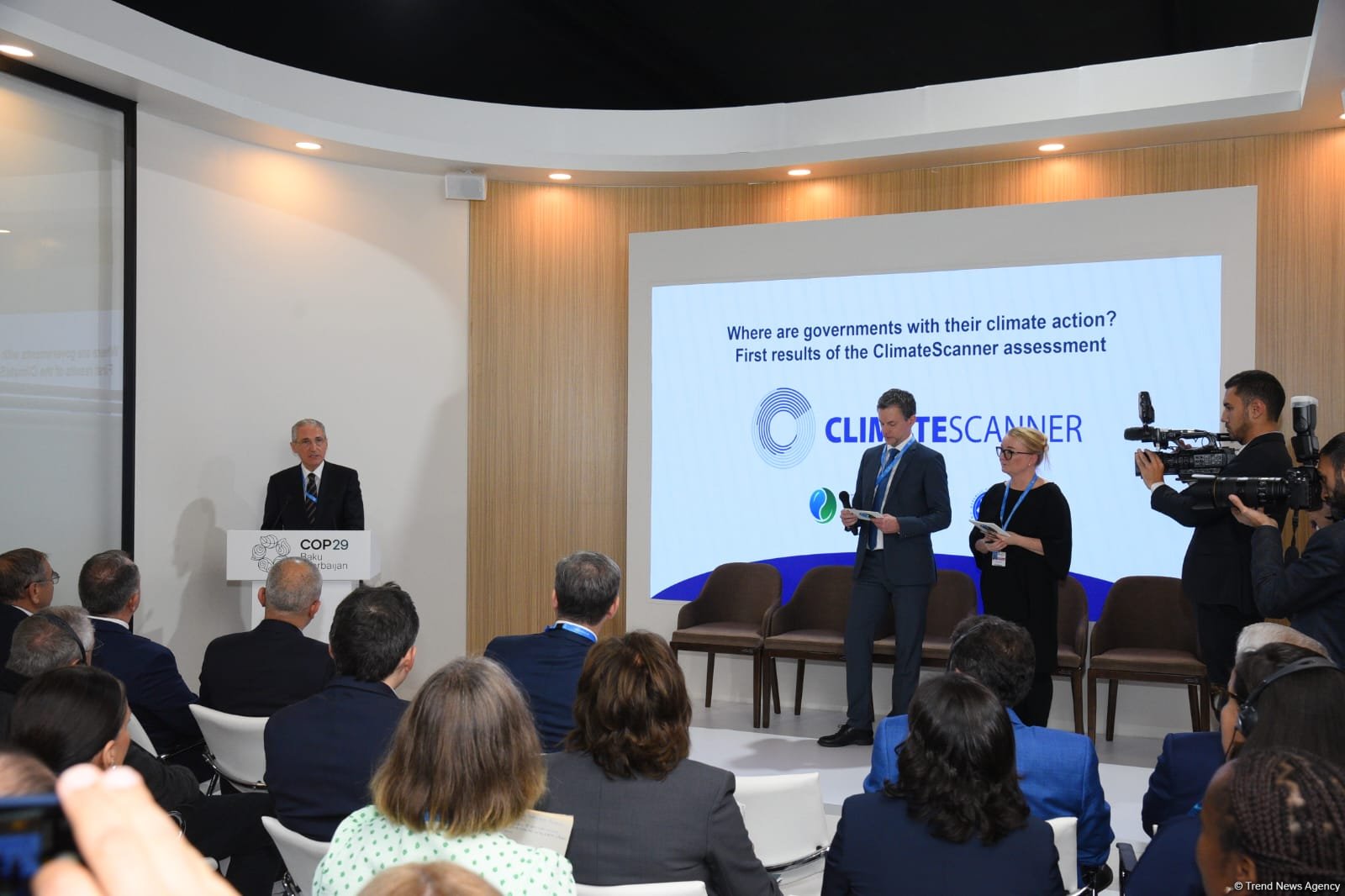A recent study in Nature Communications by researchers from the Interface Science Department at the Fritz Haber Institute introduces a new advancement in the fight against climate change. Their study, “Reversible metal cluster formation on Nitrogen-doped carbon controlling electrocatalyst particle size with subnanometer accuracy,” showcases a novel method for understanding the mechanisms of carbon dioxide (CO2) re-utilization leading to fuels and chemicals. This work paves the road for the further optimization of this catalytic process driven by renewable electricity.
The core of this discovery lies in the intriguing properties of catalysts composed of ultradispersed copper and nitrogen atoms incorporated into carbon. During the electrocatalytic CO2 reduction (CO2RR) process, which is a process used to transform CO2 into useful chemicals, these catalysts can dynamically change from having copper in the form of single atoms to forming small clusters and metal particles, known as nanoparticles, and then back again, once the applied electrical potential is lifted or changed to a more positive value.
This control over this reversible transformation provides a key for steering the structure of the catalyst, and, consequently, controlling the outcome of the CO2RR process, since the product selectivity strongly depends on the catalyst structure.
The ability to control the size and structure of the catalyst particles addresses a major challenge in scaling up CO2RR technology for practical use. Previously, the broad distribution of the different reaction products made it difficult to produce specific industrially relevant chemicals and fuels efficiently.
This research offers a method to precisely control the distribution of CO2RR products by manipulating the catalyst’s state. Furthermore, the developed process allows researchers to understand which structural features of the catalyst are responsible for the production of specific reaction products.
The technique involves alternating electrical pulses. An applied negative (cathodic) potential is needed to drive CO2 conversion, but it also induces the formation of copper nanoparticles. A subsequent pulse of more positive (anodic) potential, in turn, reverses this process, breaking the nanoparticles back into single atoms.
By varying the duration of these pulses, the researchers can steer the sizes of formed nanoparticles, and control whether the catalyst exists mostly as single atoms, ultrasmall metal clusters, or larger metallic copper nanoparticles. Each form of the catalyst is better suited to producing different CO2RR products. For instance, single copper atoms are efficient for hydrogen production, small clusters favor methane, and larger nanoparticles are best for ethylene production.
To monitor and adjust the catalyst’s transformation in real-time, the team used operando quick X-ray absorption spectroscopy. This advanced synchrotron-based technique allows scientists to observe the catalyst as it changes during the reaction with sub-second time resolution, ensuring the optimal conditions for the desired CO2RR products.
This study not only provides a deeper understanding of catalyst behavior and the drastic structural transformations that can take place during an operation. It sheds light on the CO2 reduction reaction (CO2RR), showing how controlling the catalyst’s structure can impact the process.
While the research highlights potential pathways for technological applications in greenhouse gas reduction and the production of green chemicals and fuels, it is primarily a significant stride in scientific inquiry, setting the stage for future advancements in the field.
More information:
Janis Timoshenko et al, Reversible metal cluster formation on Nitrogen-doped carbon controlling electrocatalyst particle size with subnanometer accuracy, Nature Communications (2024). DOI: 10.1038/s41467-024-50379-w
Citation:
Study reveals new method for controlling CO₂ reduction catalysts (2024, August 12)
retrieved 12 August 2024
from https://phys.org/news/2024-08-reveals-method-reduction-catalysts.html
This document is subject to copyright. Apart from any fair dealing for the purpose of private study or research, no
part may be reproduced without the written permission. The content is provided for information purposes only.












/https://tf-cmsv2-smithsonianmag-media.s3.amazonaws.com/filer_public/d1/82/d18228f6-d319-4525-bb18-78b829f0791f/mammalevolution_web.jpg)







Discussion about this post